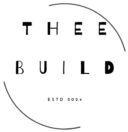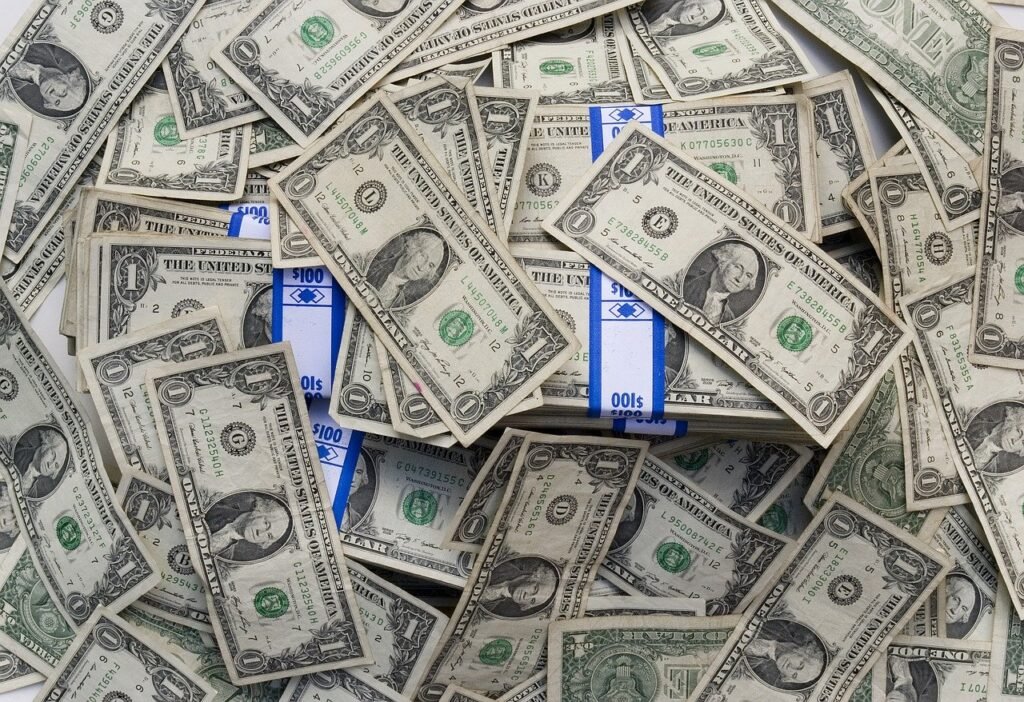
Juno served as an ancient Roman goddess, a special counselor and protector of the state. “Juno Moneta” is an epithet of Juno, and she is known as the protector of funds and currency. People coined, or minted, money in her temple in ancient Rome.
The word “money” derives from “moneta,” and in modern Russian and Italian, “moneta” is the word for “coin.”
From these facts, I conclude that people named money after the Roman goddess Juno Moneta because they saw it as a means to counsel and protect the state. The state could have produced anything from crops, textiles, and metalworking to natural resources or its military.
Various intrinsic factors assign a numerical value to these goods and services. Currency became the means to bring the numerical value of money to life—it served as the tangible representation of money.
Growing Up: Learning the Value of Money Through Chores
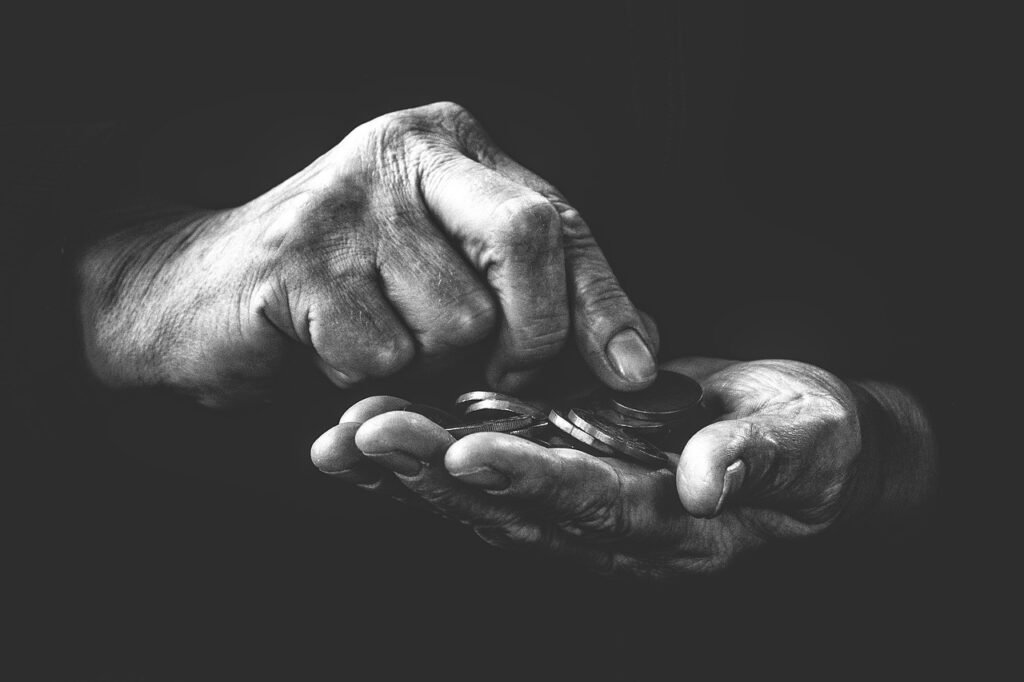
I first became aware of money as a focal point in life when I was a child. I don’t remember the first time I was given money, but I do remember being told to do my chores, and at the end of the week, I would get $5 as allowance.
It wasn’t the money itself that I wanted; it was the things I could buy with it. Back then, all I wanted was ice cream at lunch and some candy or snacks from the store.
As I got older and drifted away from the innocence of childhood, I became more materialistic. Money gained influence over my life because everything I wanted to do came down to whether I had money available.
Whether I played sports, got regular haircuts, or bought popular, name-brand clothing, everything seemed to hinge on having enough money.
As a child, I didn’t know what bills my parents had to pay, but at times, it felt as if my parents valued money more than they valued me.
Early Entrepreneurship: Mowing Lawns and the Lesson of Expenses
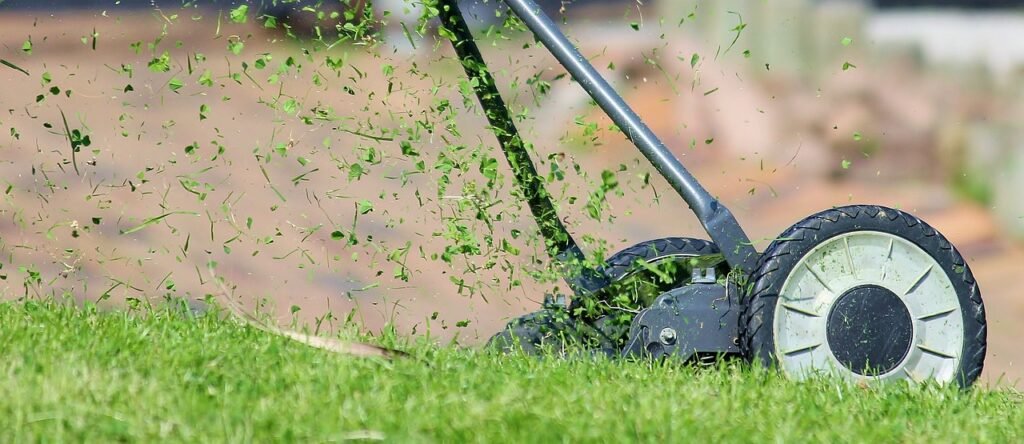
When I was around 11, I started mowing lawns. My dad and I would load up his truck and go around to mow my grandmother’s yard and two of my aunts’ yards two or three times a month.
I was able to earn more than the $5 allowance I’d received a few years earlier. Of course, I didn’t get to keep all of the money! My dad thought it was a good chance to teach me about expenses.
After mowing three yards, my net pay was around $30. This wasn’t a bad payday for an 11-year-old in 1991, especially since my dad also paid me an additional $20 for mowing our acre of land.
Entering the Workforce: A Frustrating Start at Winn-Dixie

I got my first job paying taxes when I was 14, working as a bagger at Winn-Dixie. Since I was only 14, I could work only on Saturdays and Sundays for a total of 8 hours per weekend.
In 1994, the minimum wage was $4.25, so I would net around $25 or less for 8 hours over two days. The pay was bi-weekly.
This just wasn’t acceptable! I’d been making a lot more at 11, mowing lawns. I realized I’d have to find another way to supplement my income in the coming years.
Exploring Risk: Selling Marijuana to Make Ends Meet

I started buying and smoking marijuana when I was 12. In my mind, I would count the money that neighborhood dealers were making, with constant $5, $10, and $20 transactions.
The dealers I knew were cool, well-dressed, and clean-cut; I could see myself in them. While my parents wanted me to keep a job, I was focused on having enough money to do what I wanted without giving up all my free time.
The best way for me to do this was to make money in my free time. So, instead of buying marijuana $10 or $20 at a time, I started buying ounces for anywhere from $85 to $100, breaking them down into $10 and $20 bags, and selling marijuana at school and after school, making about $50 in profit each time.
On average, I made an extra $100 per week selling marijuana, sometimes more. It doesn’t sound like much, but it equaled 20 hours of work if I’d had a job.
I was able to take girls out to eat and see movies regularly, get motel rooms, and buy my own clothes and shoes. Money fueled the formative experiences of my youth.
I took serious risks in my pursuit of money. I felt entitled to as much money as I wanted, but knew that working a regular job and selling dime bags wouldn’t get me there.
At one point, I even considered robbing a bank. I was writing out plans and everything!
What stopped me was knowing I didn’t have anyone around me I could trust to rob a bank with.
I usually lend to people who ask, and I’d rather a person ask me for money outright than borrow and never pay it back—then, they’ve lied to me, and that’s a different situation.
Reflections on Cost vs. Affordability
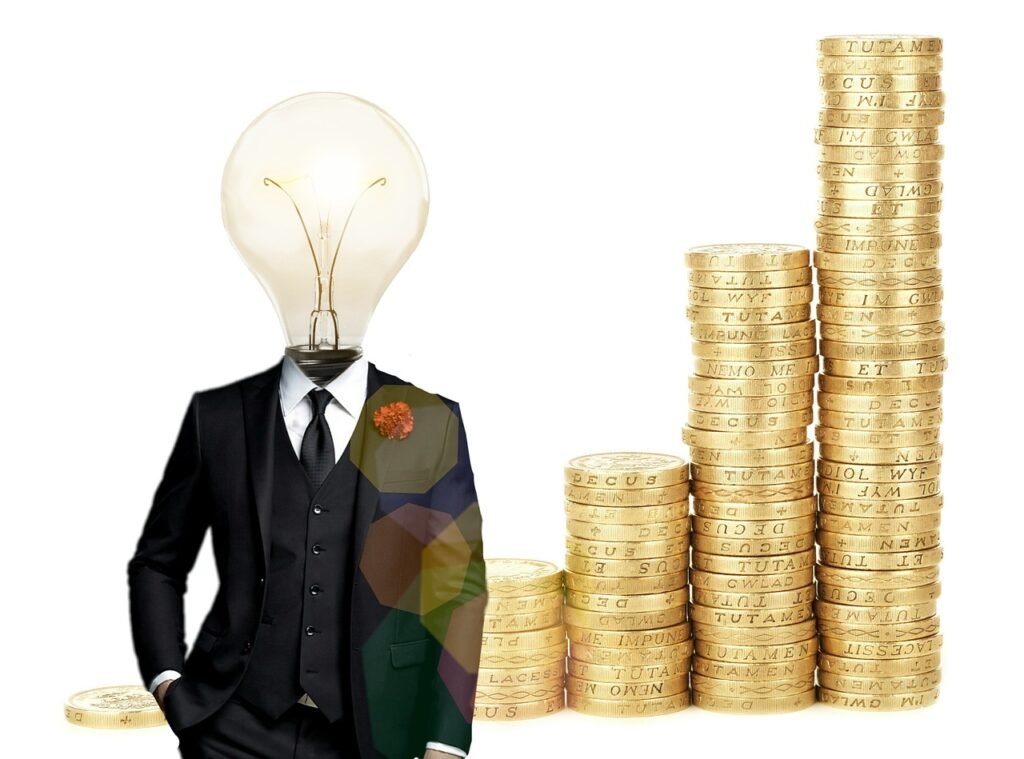
I learned not to make decisions based on cost alone. There’s a difference between how much something costs and what a person can afford.
Cost is the amount someone wants before they’ll part with something. Affordability is a person’s ability to acquire something without losing access to other essentials.
The Limitations of Currency and the Power of Personal Value

I don’t currently control currency or have the authority to mint paper currency or coinage.
I don’t own any gold or other precious metals. Even if I were to invest in precious metals, there would only be an electronic record of my ownership.
I don’t control the interest rates that determine purchasing power. But I do control money, in a sense.
I am money. I see money as the intangible yet real concept that it is.
For me, money represents just energy through numbers. If I center and align with my true self, my energy resonates with the beneficial energy around me.
Being true to myself makes me one with abundance. I don’t express my value through currency, which I don’t control.
I derive my value from accepting responsibility for my actions and being honest with myself and others. But for most of my life, I let currency govern me, controlled by someone else.
Currency, controlled by the Federal Reserve, is a tool to facilitate the world’s economy. It also controls the rate at which natural resources are consumed.
If I relied on my ability to acquire currency to sustain my life, I’d be subjecting myself to rules and procedures I had no hand in creating. I agreed to follow these rules and procedures when I accepted currency as payment for my labor and services.
It’s said that everyone has a price, but I beg to differ.
A Life-Changing Moment: The Chicken Dinner
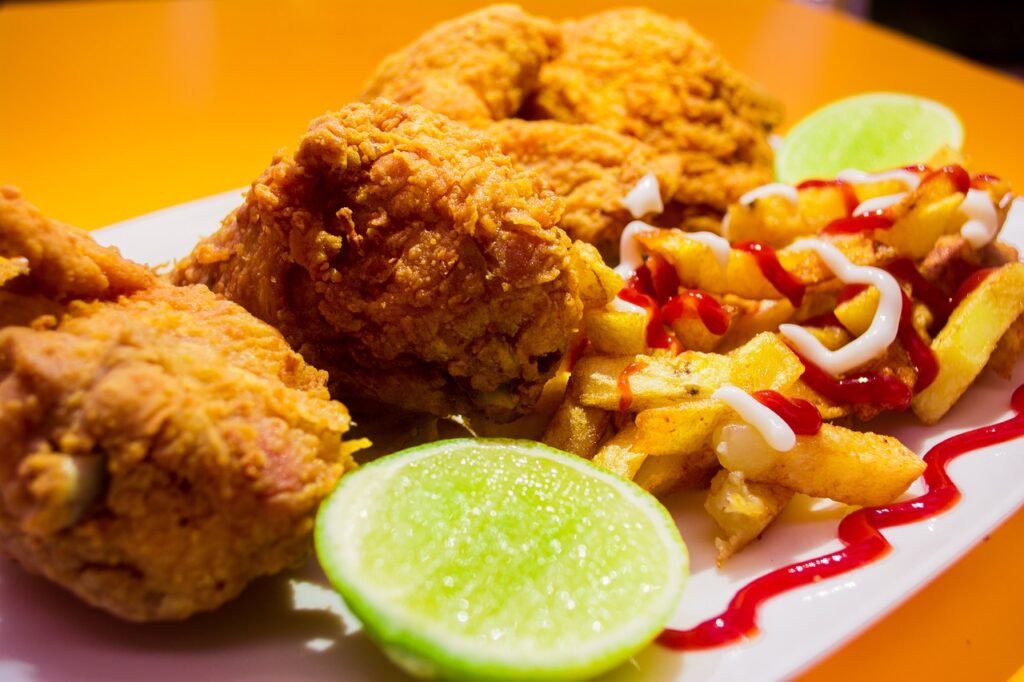
In the summer of 2011, I had an ICD (Implantable Cardioverter Defibrillator) placed in my left pectoral at a heart hospital in Columbia, SC. As a 100% disabled military veteran, I was referred to the V.A. healthcare system to monitor the insertion site and remove the staples once healed.
A year and a half before this, I had survived multiple organ failure at 29, regained kidney function, and come off dialysis. I was also battling PTSD from the Iraq War.
After surgery, I took a Greyhound to Charleston, SC, some distance from my hometown. A V.A. hospital there took care of my wound maintenance and staple removal. The same day I got my staples out, I entered a program for homeless veterans.
I stayed in a three-quarter house contracted by the Veterans Administration. About 8 to 10 men lived there, including a recovering alcoholic roommate who reminded me of Paul Rudd’s character in Our Idiot Brother, except older and in his 40s.
This house was infested with roaches, especially in the kitchen. I set out one morning and walked 3 blocks in the sweltering Charleston heat to the closest grocery store.
I then had to walk back with a full load of groceries. Before cooking, I bleached the entire kitchen and cleaned everything twice.
That night, I made chicken wings with ranch, barbecue, and honey mustard sauces, drinks, seasonings, and fries.
One resident, a veteran in his late 40s, offered me $1, then $5, then $10 for a piece of chicken. I told him, “I’m not selling food, man; this is my dinner.”
I told him about my day acquiring all of the ingredients for the meal and the laborious cleanup process. I then offered to show him how to prepare his own dinner, but he emphatically declined.
No Sale
It was clear he was high and probably hungry, but I was proud of the effort I’d put into making my meal.
After I refused to sell, I went upstairs, shared food with my roommate, and told him what happened. He said, “I guess some things can’t be bought. Good chicken, though!” We laughed and watched football.
Reflecting on that night, I wondered why I’d refused to sell the food for $10 but gave it away for free. I realized that my principles matter more than profit. My value isn’t tied to money but to who I am and the choices I make.
Conclusion: Money as Energy and Alignment with Abundance

Over time, I’ve come to see money not just as currency but as energy that flows through life. When I align with my true self and act with integrity, I become part of an abundant energy that goes beyond dollars and cents.
My worth isn’t tied to how much money I have but to how I live my life and the choices I make.
Money may fuel experiences and open doors, but it’s not the ultimate measure of success. True wealth lies in relationships, personal growth, and living in alignment with one’s values.
By understanding the distinction between currency and personal value, I’ve learned that while money can enhance life, it doesn’t define it. And sometimes, saying no to money is the most valuable decision of all.
